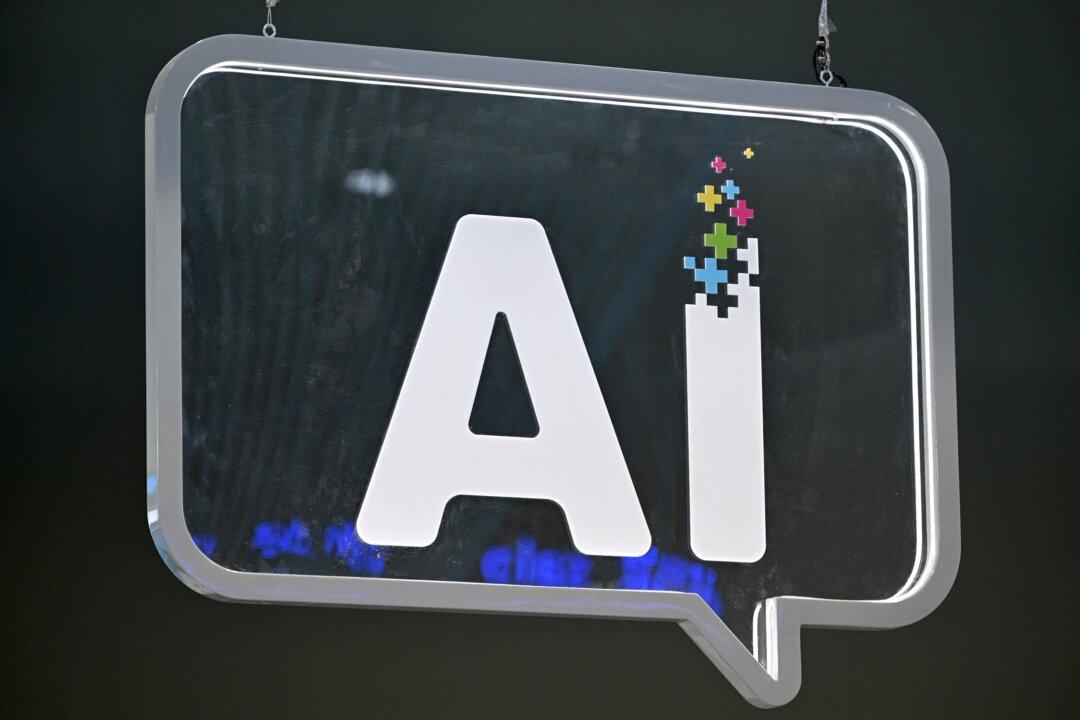Despite the comprehensive and seemingly endless meltdown of cryptocurrency assets, blockchain technology continues to make significant progress in its integration into major sectors of the global economy.
Guilt by Association
Still, there’s no question that blockchain’s reputation has been tainted by the cryptocurrency debacle. In addition to its breathtaking innovations, first-generation blockchain indeed has serious flaws. It wasn’t designed to handle the long-term demands of large companies and groups. It lacks flexibility and scalability, resulting in an ever-slower consensus process, Plus, because it is permissionless and open, privacy is problematic.Long-Term Trend With Challenges
But, as with many long-term trends, the ramp up to widespread adoption hasn’t been smooth or immediate. Obstacles remain, including such challenges as identifying the most effective adoption procedures, standardizing internal and international protocols, infrastructure adjustments, industry-wide reciprocation and other practical application needs.But on the individual organizational level, blockchain is already being adopted by those who see the value in it, in spite of the hurdles.
Follow the Money
In fact, one of the most obvious signs that DLT is here to stay and expand is to see where major corporations are investing their capital. Many large and established companies are investing heavily in blockchain development, application, and servicing from multibillion-dollar companies such as IBM, to mainstream tax consultants Ernst & Young, to top financial institutions, to industry-leading technology consultants such as Congnizant, to name a very few.Health Care Industry as Early Adopter
Health care providers are using blockchain because of its advantages in cost savings, efficiency, accuracy, security, flexibility and scalability are unprecedented. The demand for it is urgent. As Solve.Care CEO Pradeep Goel notes:“This is not an issue of when blockchain will start working in health care. It is starting to work. ... Once you have the right framework in place, then the use cases will flood in and that’s what we are experiencing.”
Defense Adoption of Blockchain
Those advantages are also what led Lockheed Martin to become the first U.S. defense partner to adopt blockchain technology. In partnership with Guardtime Federal, Lockheed Martin is using blockchain technology for “fielding new capabilities for mission survivability in a global cyber persistent threat environment.”New Blockchain Designed for Global Business
Second-generation purpose-built blockchain technologies (and there are many kinds that have been developed) are driving growing acceptance in the financial realm. One example of second-generation blockchain is Hyperledger Fabric, from the Linux Foundation. It was created by a group of companies, including leadership from IBM, and is specifically designed to “accommodate the complexity and intricacies that exist across the economic ecosystem.”Hyperledger Fabric differs from first-generation blockchain in that it’s a community ledger made up of members or peer groups, called peer nodes. Peers are, by definition, trustworthy. That eliminates the need for time-consuming consensus, upon which blockchain relies so heavily and which severely inhibits the speed of authentication.
What’s more, peer nodes are based on a highly elastic and extensible modular architecture. That changeable feature allows pluggable implementations for participants to meet specific needs such as confidentiality, resiliency, flexibility and scalability that any given organization may require, but won’t find, in first-generation blockchain.
Banks Around World Want to Adopt Blockchain
Financial groups and banks worldwide are in the process of adopting and applying blockchain technologies.It’s important to note that making the transition from existing systems to blockchain-based ones is, in many cases, more likely to be gradual than immediate. But as more transitions occur, momentum will grow in favor of adoption and those failing to adopt will face an adapt-or-perish decision.
Protection Against Malevolent Disruptions
Given the continuous and intensifying disruptions to our current world order, including challenges to our financial system and military capabilities from China, Russia, and other adversaries, advanced blockchain technology—whether on Hyperledger Fabric or other advanced blockchain platforms—are unquestionably needed. Maintaining data security and veracity is key to securing our social and infrastructural systems, streamline operations and most of all, to protect us.From that perspective, the faster the blockchain revolution happens, the better off we’ll be.
Of course, not every firm or organization in the process adopting blockchain is anxious to discuss it in depth, for reasons having to do with security, potential business disruptions and other factors.
For skeptics, it seems that nothing short of a total, worldwide adoption of the distributed ledger technology will validate it. But such myopia reminds one of the same criticisms leveled against the internet’s revolutionary—and evolutionary—development.
But neither ignorance nor pessimism can change the fact that organizations and governments around the world are in various stages of testing and deploying blockchain. The reason is simple: it’s unmatched in its ability to secure data and IP, reduce friction from international transactions, coordinate highly complex interacting systems, and much more.
Today, the blockchain revolution is real and transformational. Looking back, critics will realize just how rapid the transformation to blockchain really was—and how they didn’t see it coming.





